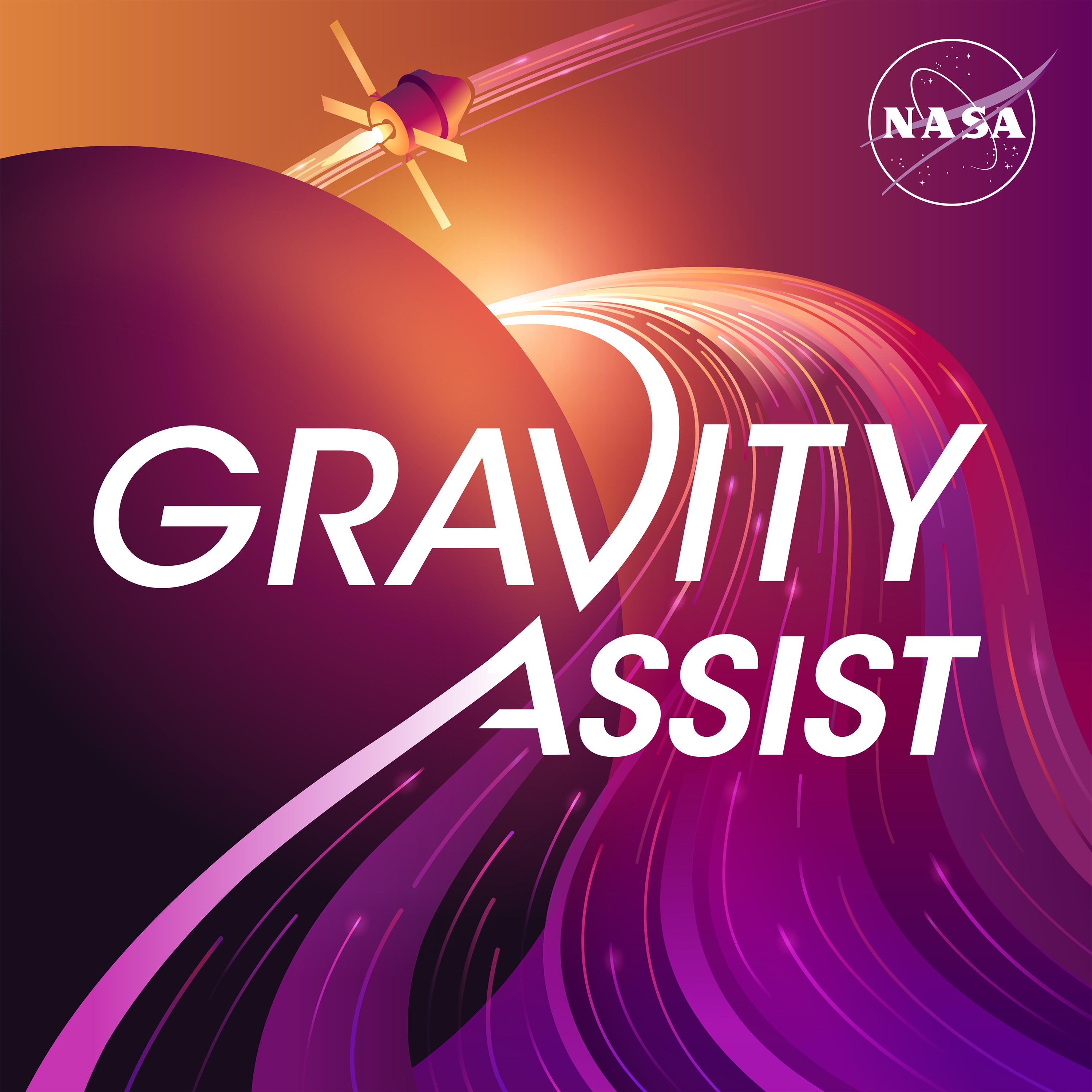Episodes
Climate change is one of the most important issues facing our planet, and NASA has lots of space missions and programs in the works to monitor and understand its drivers and effects. Kate Calvin, NASA’s new chief scientist, is also the agency’s senior climate advisor. In this episode, Kate previews upcoming Earth science missions and discusses cut
Published 01/28/22
Climate change is one of the most important issues facing our planet, and NASA has lots of space missions and programs in the works to monitor and understand its drivers and effects. Kate Calvin, NASA’s new chief scientist, is also the agency’s senior climate advisor. In this episode, Kate previews upcoming Earth science missions and discusses cut
Published 01/28/22
NASA is about to launch a new spacecraft to look at the universe in X-ray light. The Imaging X-Ray Polarimetry Explorer, IXPE, will look at extreme objects such as black holes, neutron stars, and supernovae, asking fundamental questions about how high-energy light gets produced.
Published 12/03/21
NASA is about to launch a new spacecraft to look at the universe in X-ray light. The Imaging X-Ray Polarimetry Explorer, IXPE, will look at extreme objects such as black holes, neutron stars, and supernovae, asking fundamental questions about how high-energy light gets produced.
Published 12/03/21
NASA’s Double Asteroid Redirection Test Mission, or DART, will deliberately impact a small asteroid called Dimorphos to deflect its orbit around a bigger object, Didymos. Nancy Chabot, planetary scientist at the Johns Hopkins University Applied Physics Laboratory, has the details.
Published 11/19/21
NASA’s Double Asteroid Redirection Test Mission, or DART, will deliberately impact a small asteroid called Dimorphos to deflect its orbit around a bigger object, Didymos. Nancy Chabot, planetary scientist at the Johns Hopkins University Applied Physics Laboratory, has the details.
Published 11/19/21
As NASA prepares to send astronauts to the Moon through the Artemis program, engineers are working on technologies that will give these explorers power – solar power, that is. In space, the harsh radiation and huge temperature changes make for a challenging environment.
Published 10/29/21
As NASA prepares to send astronauts to the Moon through the Artemis program, engineers are working on technologies that will give these explorers power – solar power, that is. In space, the harsh radiation and huge temperature changes make for a challenging environment.
Published 10/29/21
Yaireska Collado-Vega leads a team at NASA’s Goddard Spacecraft Center that is studying the solar weather environment so that robots and people exploring space can be protected. In this episode of Gravity Assist, she describes the excitement and challenges of understanding space weather, and how she got to be a NASA scientist.
Published 10/22/21
Yaireska Collado-Vega leads a team at NASA’s Goddard Spacecraft Center that is studying the solar weather environment so that robots and people exploring space can be protected. In this episode of Gravity Assist, she describes the excitement and challenges of understanding space weather, and how she got to be a NASA scientist.
Published 10/22/21
To get a more complete understanding of the full history of our solar system, NASA is sending a spacecraft called Lucy to investigate the Trojans, mysterious small objects that share an orbit of the Sun with Jupiter. Principal investigator Hal Levison of the Southwest Research Institute
Published 10/08/21
To get a more complete understanding of the full history of our solar system, NASA is sending a spacecraft called Lucy to investigate the Trojans, mysterious small objects that share an orbit of the Sun with Jupiter. Principal investigator Hal Levison of the Southwest Research Institute
Published 10/08/21
Janelle Wellons likes to say that she operates “fancy space cameras.” At NASA’s Jet Propulsion Laboratory, she creates commands that allow spacecraft to take valuable scientific data in our solar system and here at planet Earth.
Published 08/27/21
Janelle Wellons likes to say that she operates “fancy space cameras.” At NASA’s Jet Propulsion Laboratory, she creates commands that allow spacecraft to take valuable scientific data in our solar system and here at planet Earth.
Published 08/27/21
The laws of physics get very, very weird in the realm of particles too small for the eye to see. Aboard the International Space Station, an experiment called the Cold Atom Laboratory (CAL) is exploring how the universe works .
Published 08/06/21
The laws of physics get very, very weird in the realm of particles too small for the eye to see. Aboard the International Space Station, an experiment called the Cold Atom Laboratory (CAL) is exploring how the universe works .
Published 08/06/21
Published 07/30/21
In honor of National Intern Day, Gravity Assist features Felicia Ragucci, an undergraduate at Dartmouth College who recently completed an internship with NASA’s History Office and the Office of the Chief Scientist. During her time at NASA, Felicia researched the history of the Neutral Buoyancy Simulator, an underwater training facility where astron
Published 07/30/21
Published 07/23/21
NASA is sending two missions to Venus this decade and participating in a European Space Agency mission there, too. Lori Glaze, director of planetary science at NASA, discusses these missions and why she’s so excited about what we’re about to learn.
Published 07/23/21
Published 07/09/21
The idea for NASA’s Mars Ingenuity helicopter began at the Jet Propulsion Laboratory with a team of dedicated engineers who believed in something seemingly impossible. MiMi Aung served as the project manager on the helicopter, which has now achieved nine flights on Mars.
Published 07/09/21
Published 07/02/21
Scientists will soon have the opportunity to visit a unique object in the asteroid belt called Psyche, which may be the exposed metallic core of a planetary body that stopped growing before it became a big planet like Earth. Dr. Lindy Elkins-Tanton explains.
Published 07/02/21
Published 06/18/21


